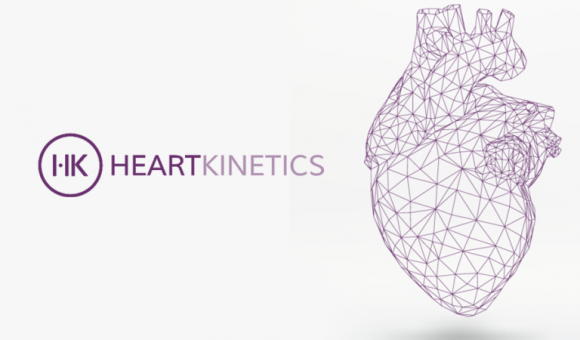
Sambrinvest (Charleroi), BeAngels et Plug and play (États-Unis) vont investir près de 3 millions d’euros dans la spin-off de l'Université Libre de Bruxelles basée à Charleroi, HeartKinetics qui a développé une application permettant aux patients de mesurer facilement leur activité cardiaque et de partager les données récoltées avec leur médecin. Cette technologie initialement développée pour surveiller le rythme cardiaque des astronautes à leur retour sur terre pourrait donc bien révolutionner la gestion des maladies cardiaques par sa simplicité d’utilisation.
Co-fondée par Pierre-François Migeotte, docteur en physique passionné par l’espace et dont le père était cardiologue, HeartKinetics a d’abord été développée pour prévenir les problèmes d’insuffisance cardiaque que peuvent rencontrer les astronautes qui séjournent longtemps en apesanteur à bord de la station spatiale internationale.
Après de nombreuses années de recherche et de mises au point, la spin off basée sur le BioPark de Gosselies développe la kinocardiographie, une solution de surveillance de la mécanique cardiaque et du rythme du cœur assistée par intelligence artificielle. C’est la naissance de l’application Kino-Mobile qui permet de mesurer les microvibrations de l’activité cardiaque à l’aide des capteurs de mouvements des smartphones et d’algorithmes.
En plaçant simplement son smartphone sur le thorax, le patient enregistre à distance l’intensité des contractions cardiaques. Les données récoltées sont ensuite analysées avant d’être interprétées par une intelligence artificielle qui partage en moins de deux minutes des recommandations de diagnostic sur un portail Web (KINO.pro) auquel le médecin peut accéder via un espace dédié. Il peut alors procéder au bilan complet de l’activité cardiaque de son patient à distance.
Un gain de temps qui devrait alléger grandement la gestion des consultations. Mais la plus-value réside avant tout dans la rapidité de diagnostic, de nombreux patients étant diagnostiqués trop tard.
"Plus de 40% des cas ne sont pas diagnostiqués par un généraliste mais aux urgences », explique Pierre-François Migeotte, cofondateur et CEO de la spin-off. « Notre application n'a pas pour but de remplacer les outils du cardiologue mais d'améliorer et faciliter les diagnostics en permettant de réaliser à distance une évaluation aussi complète que possible de la fonction cardiaque."
En 2017, HeartKinetics avait obtenu le prix de l’innovation de l’Association européenne du rythme cardiaque pour son cardiographe Kino, qui était le prototype de l’application. Depuis lors, elle a été testée en milieu médical, avec succès, ce qui lui ouvre la voie de la commercialisation. Ces nouveaux fonds permettront de passer à une production plus importante de l’application et de lancer les démarches pour obtenir les autorisations sur les différents marchés où elle sera vendue, à priori d’ici l’année prochaine : en Europe d’abord, mais aussi aux États-Unis, au Moyen-Orient et en Asie.
